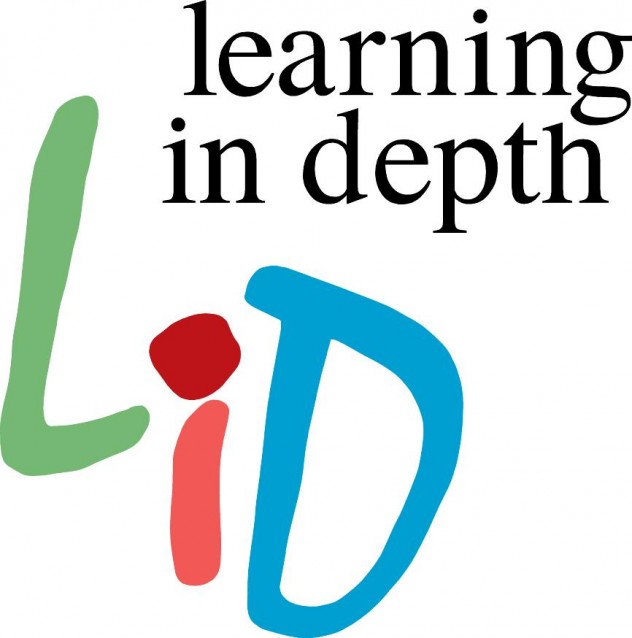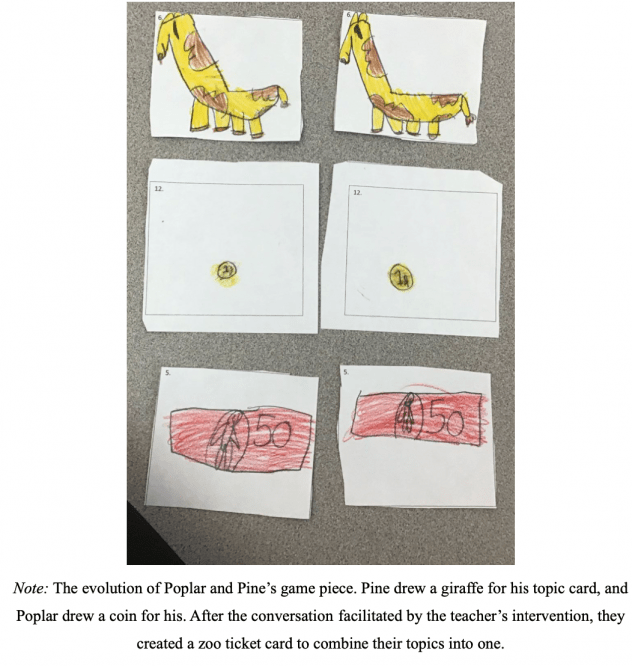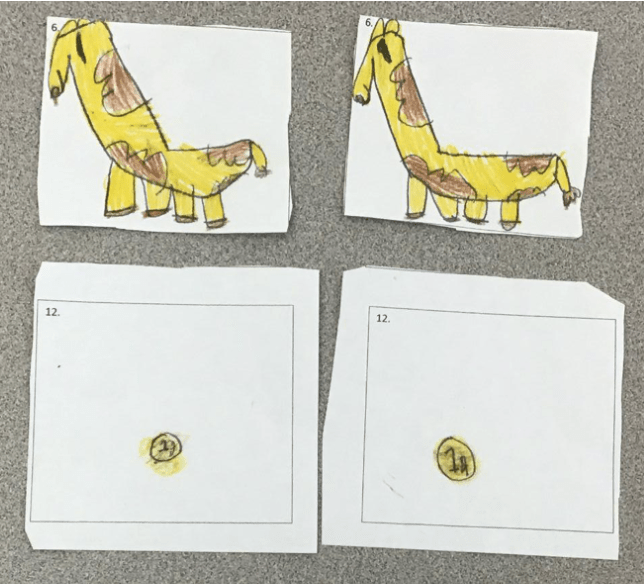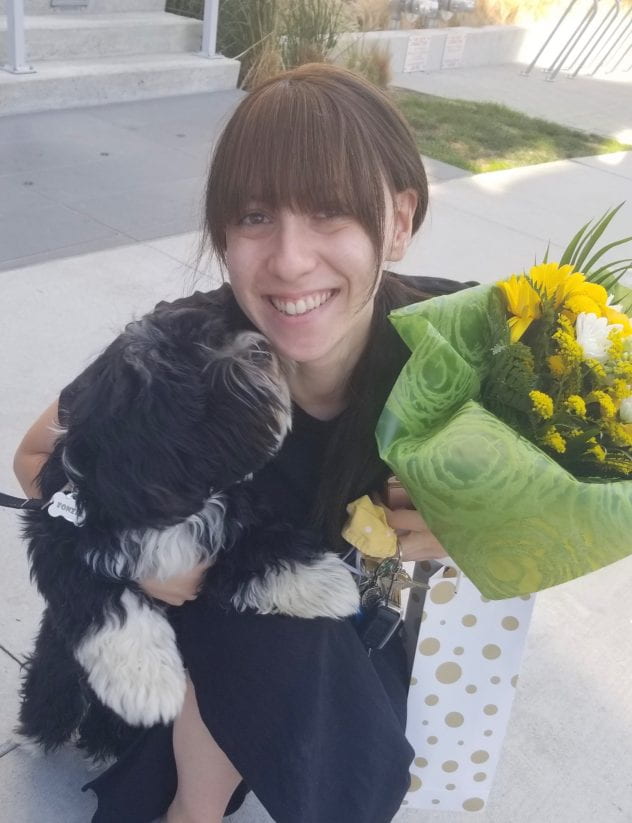By Andrea Alberti (MEd in Imaginative Education, Primary Educator)
Where do I fit? My Action Research project uses the Imaginative Education lens, particularly the cognitive tools, to examine how the Learning in Depth (LiD) program can be used as a tool for inclusivity for all learners in the classroom. The project highlights students with Autism Spectrum Disorder (ASD), a developmental disability characterized by challenges with behaviour, communication and social skills. These challenges unfortunately frequently result in exclusion from peer groups. In a classroom setting, physical inclusion is not enough to foster opportunities for inclusion in peer culture. Rather, mediated and participatory learning opportunities, which focus on strengths and play rather than deficits are imperative within a classroom setting.
Through my own observations and reflections, due to varying Individual Education Plan (IEP) goals and objectives, personal learning needs, and pull-out intervention sessions, it can be challenging to design activities within the curriculum inclusive for all learners, finding their “fit” difficult at times. However, during Learning in Depth time, as it is unassessed and focused on self-directed learning, it is an opportune moment during the week where students, regardless of ability or designation, can develop cooperative learning skills and foster inclusivity among peers.
 The LiD program is designed to ensure that all students become “experts” about an assigned topic throughout their school years. During one hour of class time per week, students participate in a variety of activities engaging different cognitive tools, and then use their discoveries and explorations to build a personal portfolio on the topic. As the program is not used for summative assessment or academic reporting, it allows students to engage with their topic in a manner best suited to their own learning styles and abilities.
The LiD program is designed to ensure that all students become “experts” about an assigned topic throughout their school years. During one hour of class time per week, students participate in a variety of activities engaging different cognitive tools, and then use their discoveries and explorations to build a personal portfolio on the topic. As the program is not used for summative assessment or academic reporting, it allows students to engage with their topic in a manner best suited to their own learning styles and abilities.
Vygotsky argued that “the specificity of remedial education lies in addressing the secondary disability, that is, in countering the negative social consequences of the primary disability,” and that “teachers must deal not so much with…biological factors…but rather their social consequences” (Gindis, 2003, p. 208, p. 203). Therefore, shaping the activities around the students with ASD’s preferences using information gathered from initial interviews was crucial. The activities reflected the strategies they personally felt they learned best with when learning about their LiD topics. The cognitive tools I included in the questionnaire were all from the Mythic understanding umbrella. I chose to do this as my class is a mix of pre-readers and early readers, so the Mythic kind of understanding is what most of my class finds themselves currently applying. Students were asked to indicate whether they enjoyed using puzzles, games, drama, jokes, stories, songs, poems or dance, or a different unlisted activity best when exploring their topics. Students were given a visual to refer to during the focus group.
From the data I collected, the three lessons students would participate in pairs in would be:
- Create a game incorporating both you and your partner’s topics
- Create a puzzle incorporating both you and your partner’s topics
- Play a game of charades with your partner acting out elements of your respective topics
After each activity, I interviewed the students with ASD to discuss their experiences. Although each of the students with ASD indicated that they enjoyed working with a partner, two of the four students with ASD shared that they preferred a balance of both peer and individual work when it came to Learning in Depth. It is imperative that this is taken into account when going forward with the Learning in Depth program as a tool for inclusion, as not all activities should or have to be collaborative. Although the class, as a whole, favoured partner work, the findings of this Action Research remind us of the importance of purposeful consideration of student voice when creating inclusive learning opportunities. Further to considering student voice, it is important to note that not all Learning in Depth times can be partner work, as it is important for students to work independently to build their expertise in the topic before having the confidence to engage with a partner about it. Learning in Depth creates an opportunity for inclusion unique from typical partner work within the regular curriculum, as students are given opportunity and practice to become confident with a unique knowledge base before entering an interaction with a peer.
 Each of the students with ASD indicated an element of play or friendship as a result of the implemented LiD activities. As play is the leading social activity in children’s lives, it is important that students with ASD are given opportunities for play that may not arise naturally. The Action Research suggests if diverse learners are consulted about which cognitive tools they enjoy engaging with, and then the teacher purposefully designs cooperative learning activities accordingly, LiD can be an opportune time to foster not only inclusivity, but the foundations of friendship and entry into peer culture in a classroom.
Each of the students with ASD indicated an element of play or friendship as a result of the implemented LiD activities. As play is the leading social activity in children’s lives, it is important that students with ASD are given opportunities for play that may not arise naturally. The Action Research suggests if diverse learners are consulted about which cognitive tools they enjoy engaging with, and then the teacher purposefully designs cooperative learning activities accordingly, LiD can be an opportune time to foster not only inclusivity, but the foundations of friendship and entry into peer culture in a classroom.
Although not yet a large-scale school or district project, the successes I have seen within my single classroom have drawn interest from other classroom teachers in using LiD as a tool for inclusion. Seeing my ASD students have happy, meaningful and successful learning and social interactions with their peers has been so encouraging, and I am excited to continue exploring the use of Learning in Depth as a tool for inclusion and agency, and sharing it with other teachers. When I read the following passage from Rossetti (2014), I could not help but think back to my “puzzle piece learner” from my opening vignette, “because friendship develops naturally and cannot be forced, friendship opportunities refer to positive and reciprocal peer interactions that may eventually lead to friendship if repeated over time” (p. 302). Just like a puzzle piece’s fit must be found through repeated and sustained practice, educators cannot force inclusivity of students among their peers. However, they can foster educational activities that create opportunities for repeated practice that may lead to finding where that particular “piece” finds a sense of belonging.
Read my Research Report: Where Do I Fit? Using the Learning in Depth Program as a Tool for Inclusivity For All Learners in the Classroom.
References
Gindis, B. (2003). Remediation through Education: Sociocultural Theory and Children with Special Needs. In A. Kozulin (Ed.), Vygotsky’s Educational Theory in Cultural Context (pp. 200-221). New York: Cambridge University Press.
Rossetti, Z. (2014). Peer Interactions and Friendship Opportunities Between Elementary Students With and Without Autism or Developmental Disability. Inclusion, 2(4), 301–315. https://doi.org/10.1352/2326-6988-2.4.301


